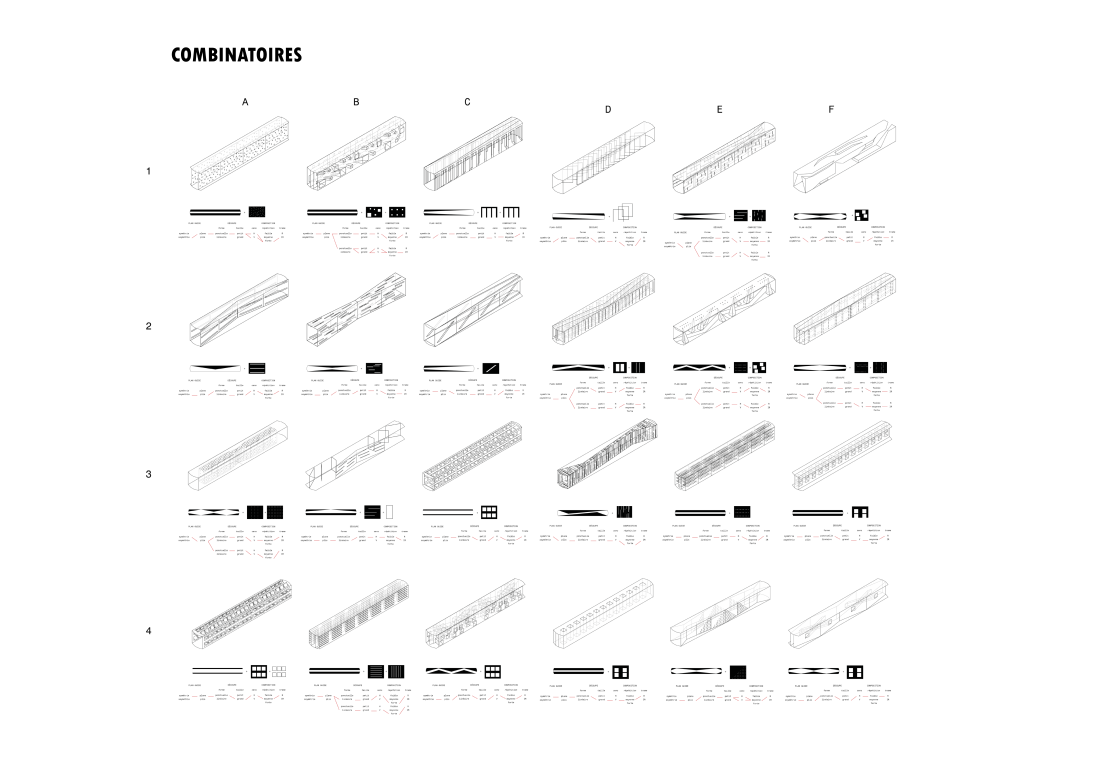Sous le prisme du mouvement
Le train comme dispositif d’observation du paysage
2024
Auteur(s)
Mina Simoncelli
Enseignant(s)
Jean-Pierre Vallier, Florian Bosc Malavergne
Département
THP
Voyager en train, c’est à la fois traverser des contrées éloignées, et rester dans sa bulle. C’est être à la fois acteur du huis clos et spectateur. C’est s’abandonner au panorama, dans un espace cloisonné par la vitesse. C’est rêver du dehors, tout en restant dedans. C’est fuir le paysage proche vertigineux pour perdre son regard au lointain. C’est aussi regarder sans être vu, dans un espace à la fois petit et infiniment long. Voyager en train, c’est tout ça à la fois.
C’est par ses contrastes que l’espace du train est une source d’inspiration pour les écrivains, artistes ou cinéastes. Il nous plonge dans un paysage tout en nous isolant dans ses compartiments. Quelque part, il « met en cage » le paysage. L’espace d’une voiture de train est étroit alors que son ensemble est très long. Le paysage au proche passe si vite qu’on ne peut en saisir la composition, tandis qu’au lointain il semble immobile. Dans la mesure où le train est un espace en mouvement de plus en plus habité, on peut s’intéresser à ses qualités spatiales intérieures et à son rapport au paysage. Comment la perception du paysage peut-elle être motrice d’une autre expérience du voyage en train ?
Traveling by train means crossing distant lands, while remaining in one’s own bubble. It means being both an actor in a closed world and a spectator. It means surrendering to the panorama, in a space compartmentalized by speed. It means dreaming of the outside, while remaining inside. It’s escaping the vertiginous near landscape to lose your gaze in the distance. It also means looking without being seen, in a space that is both small and infinitely long. Travelling by train is all this at once.
It’s these contrasts that inspire writers, artists and filmmakers alike. It immerses us in a landscape while isolating us in its compartments. In a way, it « cages » the landscape. The space of a train carriage is narrow, while the whole is very long. In the near distance, the landscape passes by so quickly that we can’t grasp its composition, while in the distance it seems motionless. Insofar as the train is an increasingly inhabited space in motion, we can take an interest in its interior spatial qualities and its relationship to the landscape. How can the perception of landscape drive a different experience of train travel?



